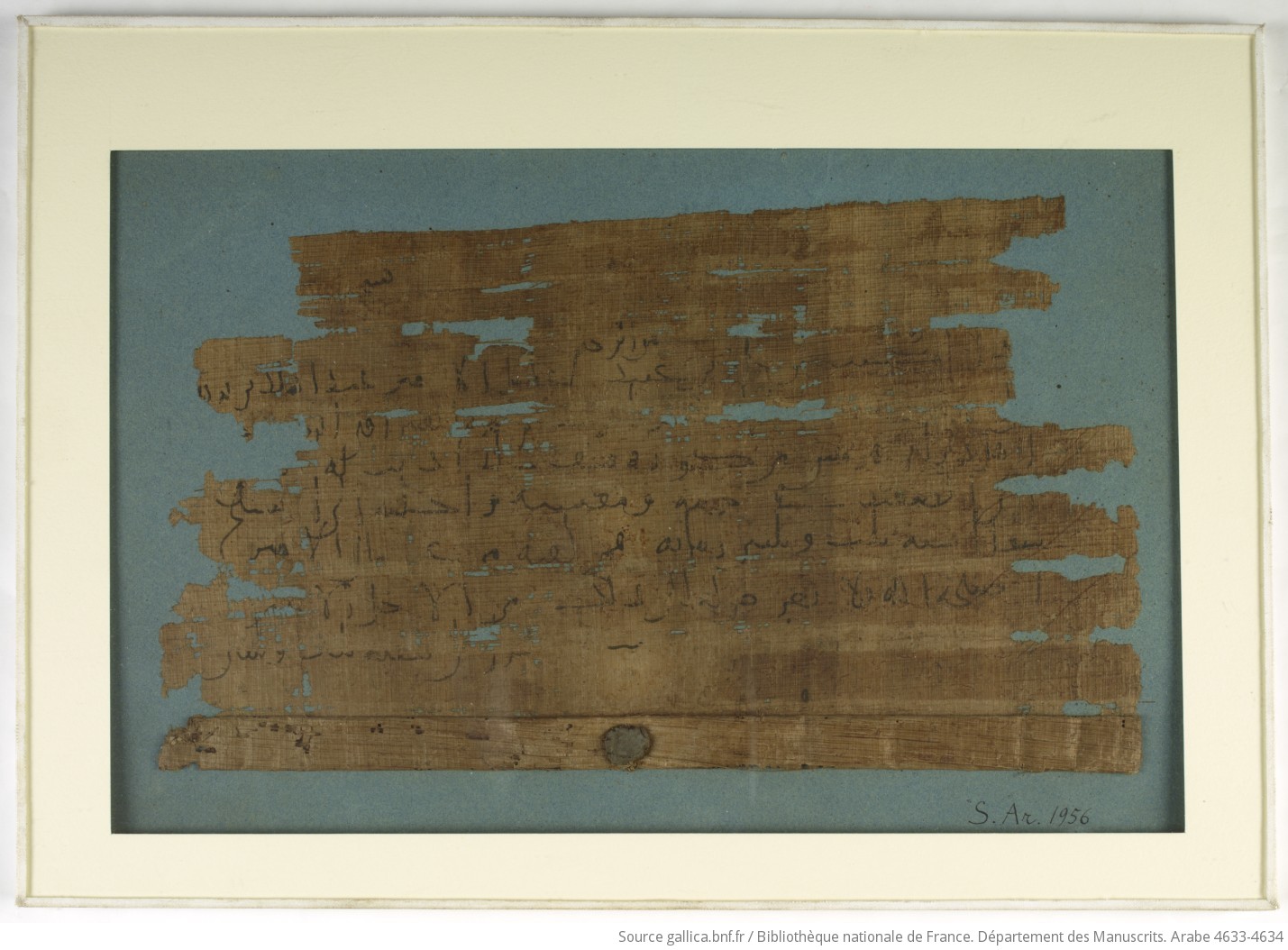The Genesis of a Medieval Manuscript
lquigley
«Previous page
•Page 1
•Page 2
You are here •Page 3 •Page 4 •Page 5 •Page 6 •Page 7 •Page 8 •Page 9 •Page 10 •Page 11 •Page 12 •Page 13 •Page 14 •Page 15 •Page 16 •Page 17 •Page 18 •Page 19 •Page 20 •Page 21 •Page 22 ♦Endnotes »Next page
You are here •Page 3 •Page 4 •Page 5 •Page 6 •Page 7 •Page 8 •Page 9 •Page 10 •Page 11 •Page 12 •Page 13 •Page 14 •Page 15 •Page 16 •Page 17 •Page 18 •Page 19 •Page 20 •Page 21 •Page 22 ♦Endnotes »Next page
47

|
|
Writing surfaces:
The creation of a medieval manuscript began with the production of parchment, the main material on which manuscripts were written. While parchment was indisputably the most common material on which medieval scribes wrote, manuscripts have also been found written on wax (which was waterproof and easily erasable, but which suffered from its cumbersome nature and lack of permanence), wood (which had the benefit of being lighter than many of the alternatives, but was susceptible to rot), and papyrus. The latter was the "most widely used writing support in the ancient world," and was introduced to northern Europe through the Roman empire (Graham and Clemens 3). Papyrus was made by cutting the pith of the papyrus plant -- a reed harvested almost exclusively from the Nile River Delta in Lower Egypt -- into "thin strips or fibers," and then pounding layers of these "together to form a single square" (Graham and Clemens 3). Much of our modern-day understanding of papyrus' creation comes from Pliny's Natural History, in which the philosopher details the process of making papyrus, in spite of having never made it himself. A brief tutorial on how to make papyrus in a modern-day setting can be found here. |

|




